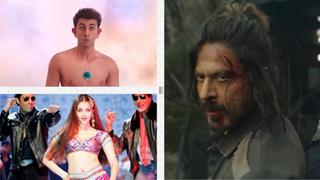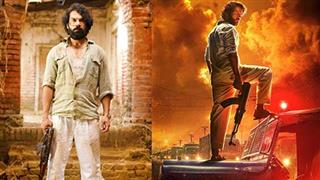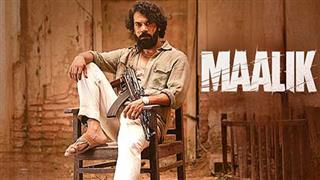The Road to Moscow
When the project was announced, it promised not just a biopic but a strong message: that disability does not define limitation. Rajkummar Rao prepared intensely for the role—visiting schools for the visually-impaired, observing mannerisms, and working to bring authenticity to the character.
The film was also notable for its inclusivity: more than 70 actors with disabilities participated, and the release collaborated with the National Centre for Promotion of Employment for Disabled People (NCPEDP) and PVR INOX Ltd. to ensure accessibility (audio description, subtitles, wheelchair-friendly seats).
So when the call came from Moscow that Srikanth was being awarded the Grand Prix, it represented recognition not just of a film, but of an idea: inclusive cinema meeting global standards.
What the Award Means
Global recognition: Winning at an international disability-film festival signals that the story resonates far beyond India—highlighting universal themes of perseverance, inclusion and human dignity.
Benchmark for inclusive cinema: The film’s win underlines that stories of persons with disabilities can be crafted with artistic depth, not just token representation.
Boost for Indian films in global circuits: Indian cinema has often been lauded for commercial and mainstream fare—but this provides a signal that socially-relevant, courageous storytelling can succeed on global festival stages as well.
The Story Behind the Story
At the heart of Srikanth is the journey of Srikanth Bolla: born visually impaired in rural Andhra Pradesh, he refused to be defined by his disability. He fought for education (for example to pursue Science despite initial rejection) and became the first international visually-impaired student at MIT. He then returned to India and founded Bollant Industries, employing people with disabilities and unskilled workers in eco-friendly products.
Rajkummar’s portrayal captures not only the triumphs but the struggles and vulnerabilities—bullying, institutional barriers, self-doubt—and frames them within a narrative of agency and self-belief. The line, “Main sirf sapna hi dekh sakta hoon” (roughly: “I can only dream”) underscores that vision is more than sight.
The film does not shy away from showing that Srikanth is human—he makes mistakes, he is flawed—but his core remains determined. This layered approach likely contributed to its critical acclaim.
Why this Matters for Audiences, Especially in India
In India, films about persons with disabilities have often been either melodramatic or relegated to niche art-house circuits. Srikanth shows that you can build a film with mainstream appeal, high production values, and yet keep authenticity and inclusion at its core. Given the size of the Indian audience, this win could open doors:
More stories of persons with disabilities may be told in Hindi and regional languages.
The exhibition infrastructure (accessible seats, audio-descriptions, subtitles) may get further impetus because of successful examples.
Viewers themselves may shift perceptions, seeing persons with disabilities less as objects of pity, and more as individuals with agency, ambition and capability—like Srikanth Bolla. For a country where barriers—social, educational, infrastructural—still remain for disabled persons, this is a cultural moment.




















